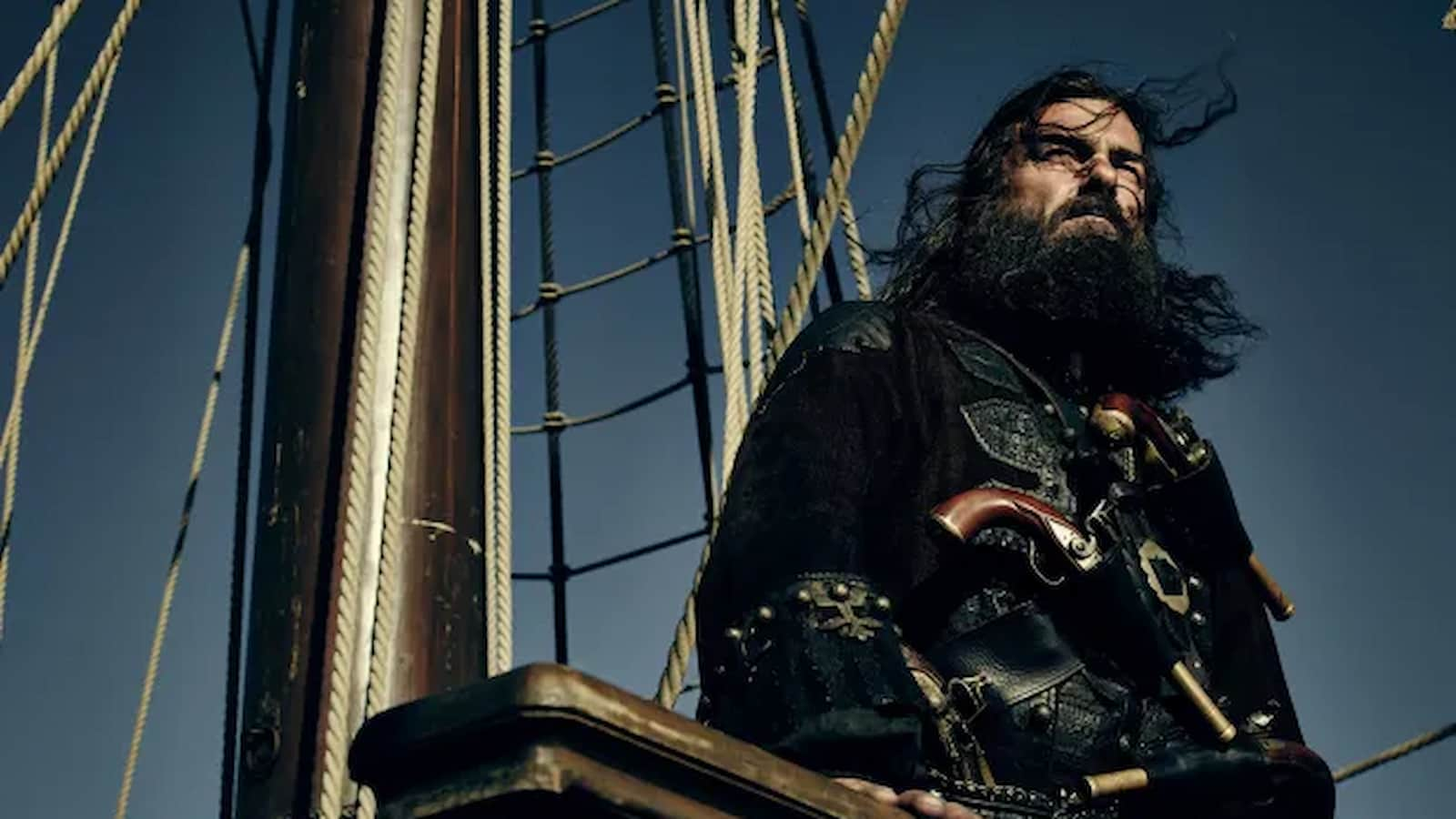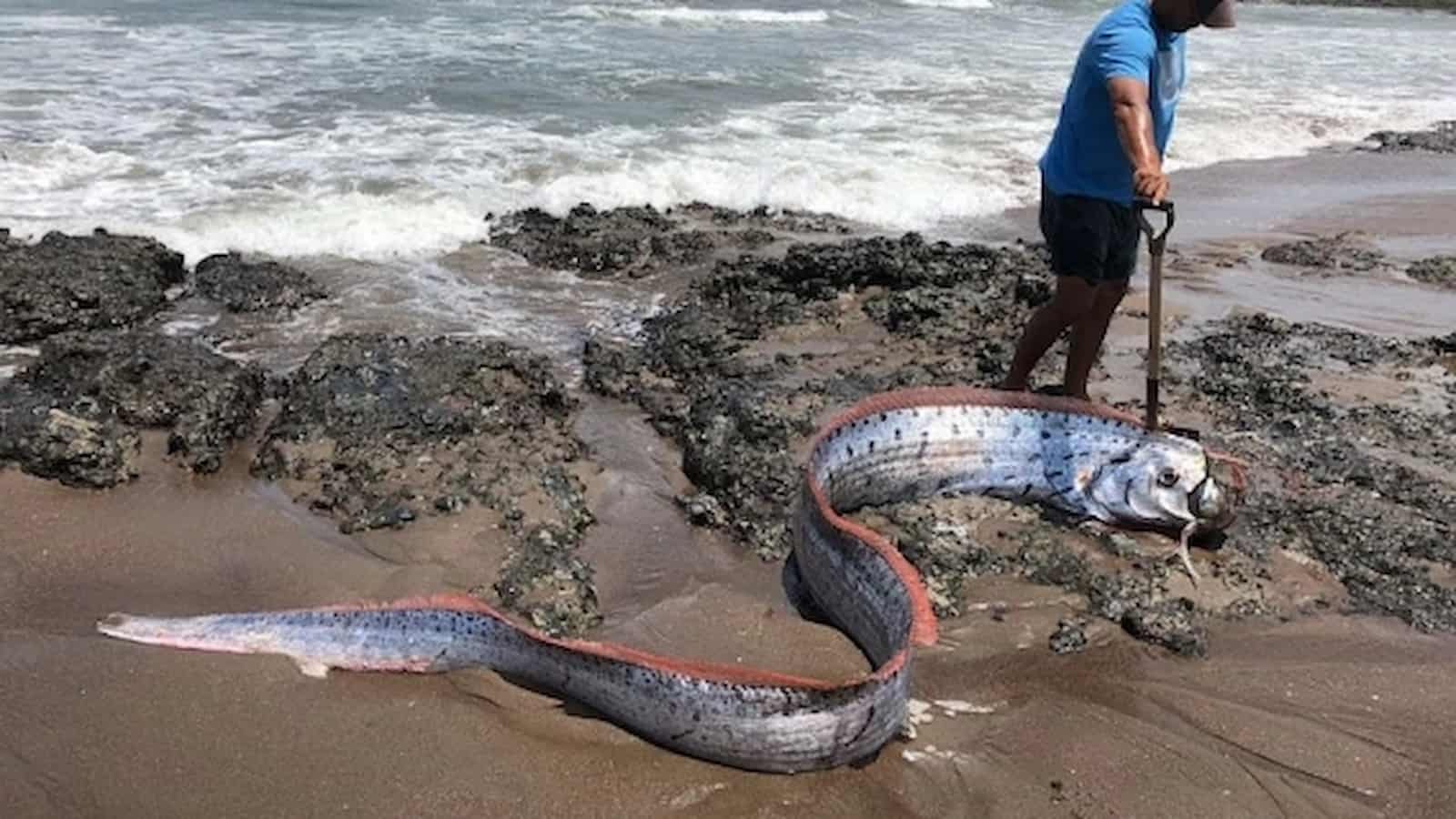UNCLOS: The UN Convention on the Law of the Sea, or UNCLOS, is what it’s called. It’s also known as the Law of the Sea Convention or the Law of the Sea Treaty. This is an agreement or deal between countries that sets rules for how to use the oceans and seas so that all marine life is protected and marine resources are used and kept safe.
The United Nations Conference on the Law of the Sea took place from 1973 to 1982. The treaty was signed in Montego Bay, Jamaica, in 1982. This law became law in 1994. Since the 1600s, people have thought of the world’s seas and oceans as free.
In general, international waters are those that belong to no one and extend beyond a state’s shoreline by three nautical miles. Given that a shore-based cannon could fire three nautical miles, this was dubbed the “cannon shot rule.”
Tips for Maintaining and Operating Hatch Covers to Prevent Shipboard Damage
Many countries discovered during the Second World War that the ocean’s resources were being overfished and that they needed to be protected. This came about as a result of people’s increasing needs over the years. To safeguard fish species, assert their claims to natural resources, and enforce pollution management, a few states have even declared their intention to expand their national claims to the ocean. As a result, the international committee asked that the United Nations International Law Commission take into account changing the current oceanic legislation.
The natural resources on their continental shelves were brought under the authority of numerous nations. The US, Canada, Ecuador, Indonesia, Saudi Arabia, Argentina, Venezuela, Ethiopia, Egypt, Peru, Chile, and so on were among these nations. While some countries enlarged their territorial seas to hundreds of nautical miles, others just expanded theirs to twelve.
The three new international organizations created by the Convention are the International Seabed Authority, the International Tribunal for the Law of the Sea, and the Commission on the Limits of the Continental Shelf.
When did UNCLOS come into being?
In 1949, the development of a new regulatory framework got underway. The commission produced four draft conventions. At the inaugural United Nations Conference on the Law of the Sea, these four treaties were adopted. From February 24 to April 29, 1958, the United Nations Conference on the Law of the Sea (UNCLOS I) was held. The 1958 Geneva Treaties are the name given to the four treaties that it adopted.
These include the High Seas Convention, the Convention on Fishing and Conservation of the Living Resources of the High Seas, the Convention on the Territorial Sea and Contiguous Zone, and the Convention on the Continental Shelf.
From March 17–26, 1960, the United Nations hosted the second Conference on the Law of the Sea (UNCLOS II). The inability to fix a maximum breadth persisted because no international agreements were made at this summit. From 1973 to 1982, the third United Nations Conference on the Law of the Sea (UNCLOS III) addressed all of the unresolved matters from the previous conferences.
Over 160 countries are represented in this conference. Sixty states ratified the nine-year conventions before they finally took effect on November 14, 1994.
Man Overboard Situation on Ships: Prevention and Rescue Protocols
UNCLOS’s function

The baseline, territorial seas, contiguous zone, exclusive economic zone, continental shelf, international seabed area, and archipelagic waters are among the maritime zones that are defined under the treaty. The waters that any nation may access and use for commercial reasons are known as the Exclusive Economic Zone or EEZ. Currently, UNCLOS is the dominant law of the sea and is fully binding.
There are nine annexes, 320 articles, and 17 parts. The operation of this convention is mostly independent of the UN. 160 states are members of it. The International Maritime Organization, a significant component of maritime law, was established in 1948 and started operations in 1959.
The International Seabed Authority and the International Whaling Commission are two more significant maritime organizations. Another UNCLOS partner organization is the International Union for Conservation of Nature (IUCN).
Since its founding, UNCLOS has been crucial to preserving marine peace and concord on a global scale. Conditions today are far better than they were in the 1960s or 1970s, and protection for marine resources has improved significantly. Additionally, UNCLOS has aided in the preservation of marine life and marine resources.
Why Cargo Tank Atmosphere Evaluation is Essential for Tanker Ships
The following explains the characteristics and salient points of the same:
- The law of the sea that is currently in effect, UNCLOS, is ultimately binding.
- Despite the name of the marine law implying a United Nations presence, the UN plays no significant practical role in UNCLOS operations.
- UNCLOS consists of 17 parts, 320 articles, and 9 annexes.
- Nations have complete money rights over a 200-mile radius around their shoreline under the sea law. This region’s sea and oceanic bed are considered to be an Exclusive Economic Zone (EEZ), and any nation is free to use them for commercial purposes.
- The International Maritime Organization, or IMO, is essential to the functioning of UNCLOS. Organizations such as the International Seabed Authority and the International Whaling Commission, in addition to the IMO, are essential players in the functional domains of nautical law.


